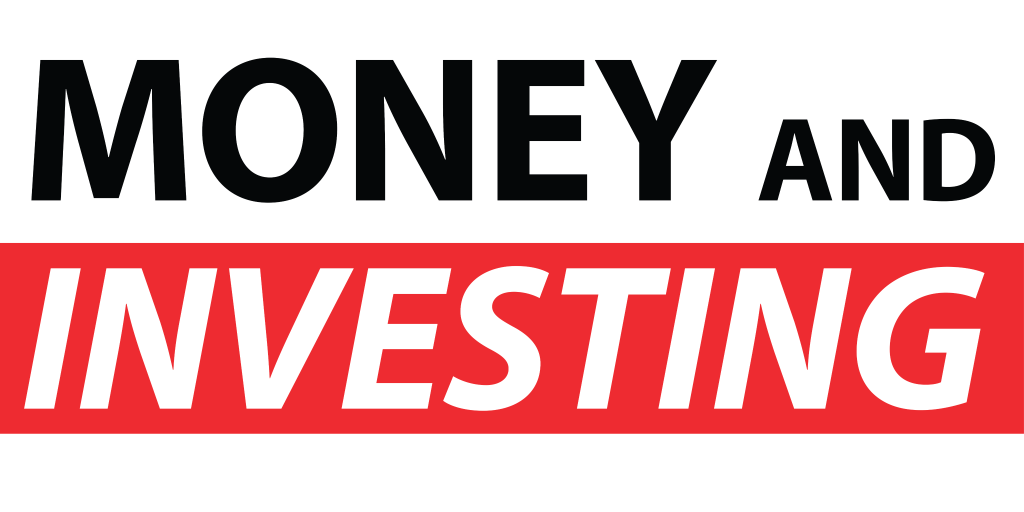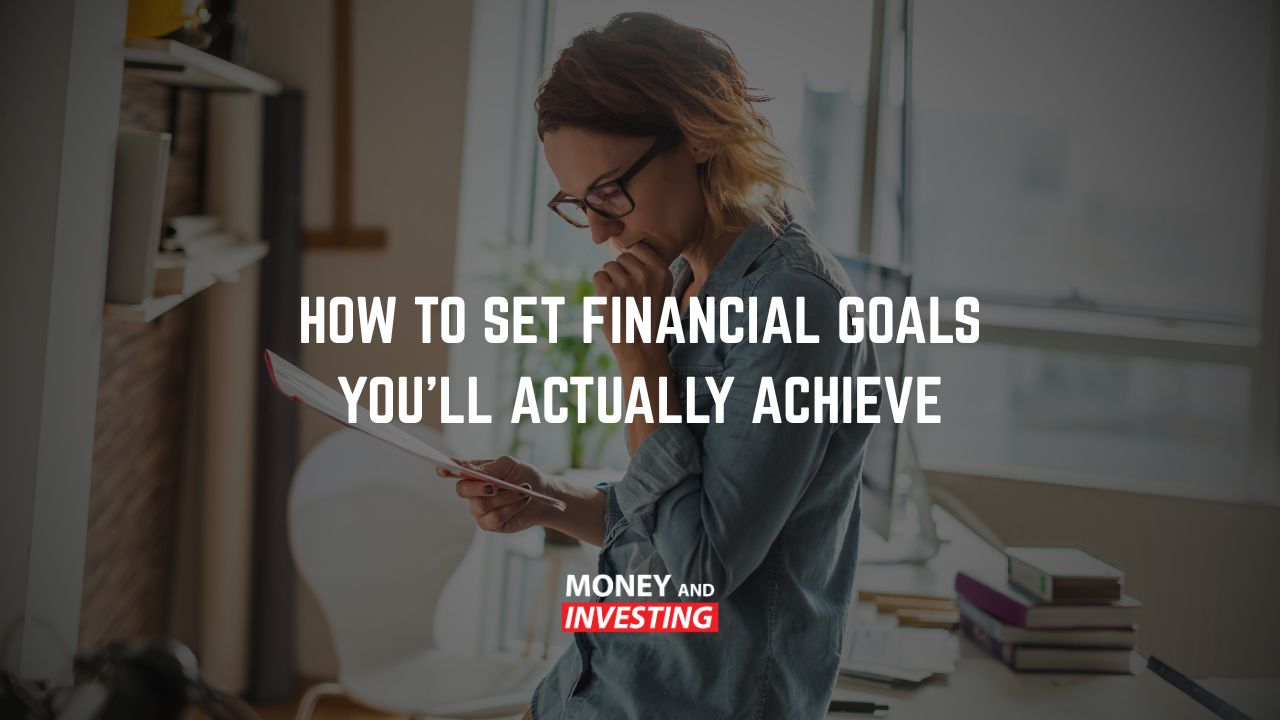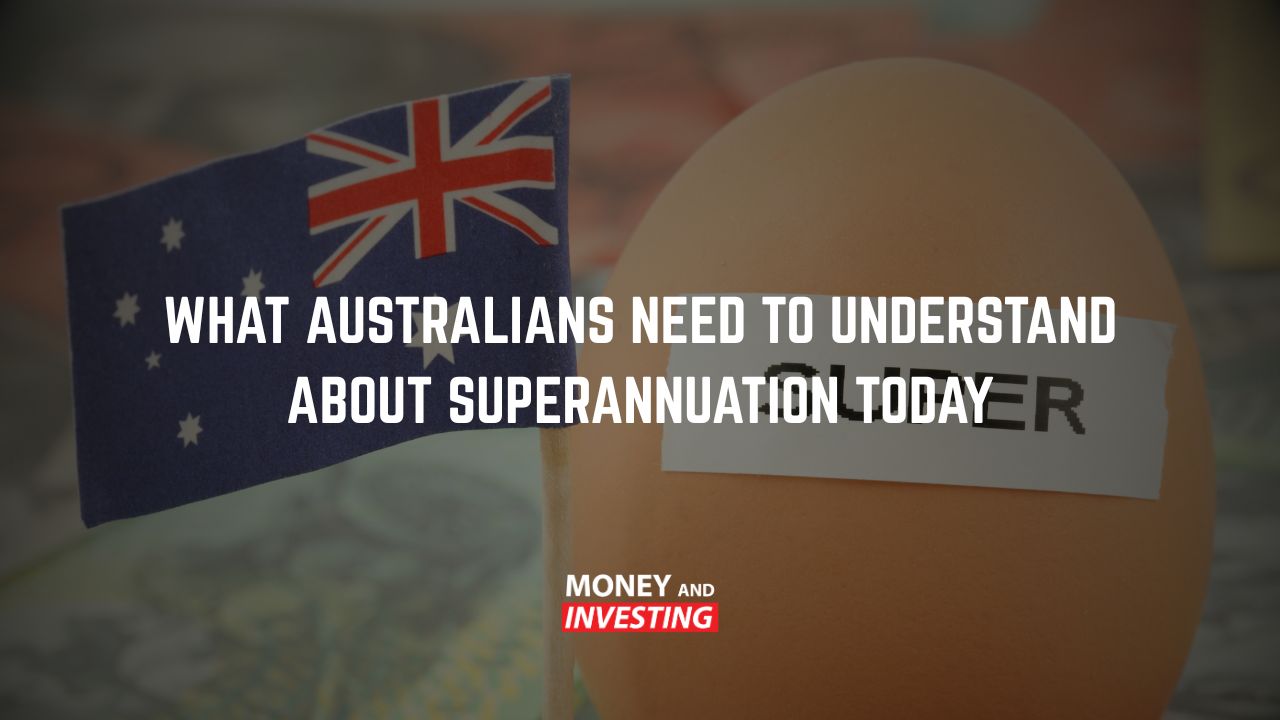Deciphering between good and bad debts can be tricky but it is an invaluable skill which will go a long way to help you reach your financial goals. Join us this week as we dive into the idea of debt and some things to look out for to protect yourself from bad debt:
Good Debt
When defining good debt it is really quite simple. Host Andrew Baxter notes that good debt firstly is something that you can afford. This basically means not incurring debts that are going to put you in significant financial pressure in meeting your repayments. The second aspect you need to look out for is whether the thing you are in debt for is going to be worth more in the future. Another component of this is that you may invest in your education which may enable you to earn more in the future. University debt for example generally has a fairly low cost of capital as the interest is typically only in line with CPI which in normal times is somewhere in the ballpark of 3% – not a massive rate. An investment property is another example of a good debt not only because the value increases but also for potential tax breaks that come with it.
Bad Debts
Bad debts consist of basically everything you would imagine – credit card debts, buy now pay later debts, car loans and everything else where you are paying interest for things that are decreasing in value. Host Andrew Baxter notes that credit cards generally have a high interest rate associated with them as it is so having this debt linked to purchases you do not necessarily need. These purchases can be categorised as lifestyle assets – things you wanted once upon a time but now you do not need and find yourself stuck paying off. As a blanket rule, you can probably assume that bad debts generally imply a greater cost of capital.
Property
Interest rates and particularly rates on mortgages have been going higher at an almost unprecedented level over the last year and many are finding themselves struggling to meet their repayments. There are some ways to alleviate some of the pain. Andrew explains that on a primary place of residence, the interest you have to pay is not tax deductible but the trade off is that you have a house of your own to live in. At the same time, there is no capital gains tax on your primary place of residence which more or less cancels out the non-deductible aspect. Investment properties come with some advantages. Although you are eligible for capital gains tax, there are more tax deductions you can find like the interest, depreciation or body corporate among some other things. Negative gearing is when the cost of maintaining and owning an investment property is greater than the income you receive on it and then you can take that difference away from your income tax bill. All the while, the value of the property is likely increasing and as such your investment is growing.
Tackling Bad Debt
From the outset, it is probably best not to have bad debt in the first place but there are many scenarios that can pop up which may lead to you incurring bad debt and it’s important to know how to deal with it. One solution Andrew suggests is taking out a personal loan at a lower average rate (where possible) in order to pay off the bad debts you have and lower your average interest rate on the loans. Not only does this reduce your overall interest cost with the loan, but it will also mean the compounding effect of interest is not working away at your loan. Discipline is important if you take this route as you will need to make your payments in order to protect your credit score. Any strategy you use requires solid discipline when it comes to money to make sure you can pay off your debts and improve your overall financial position.



